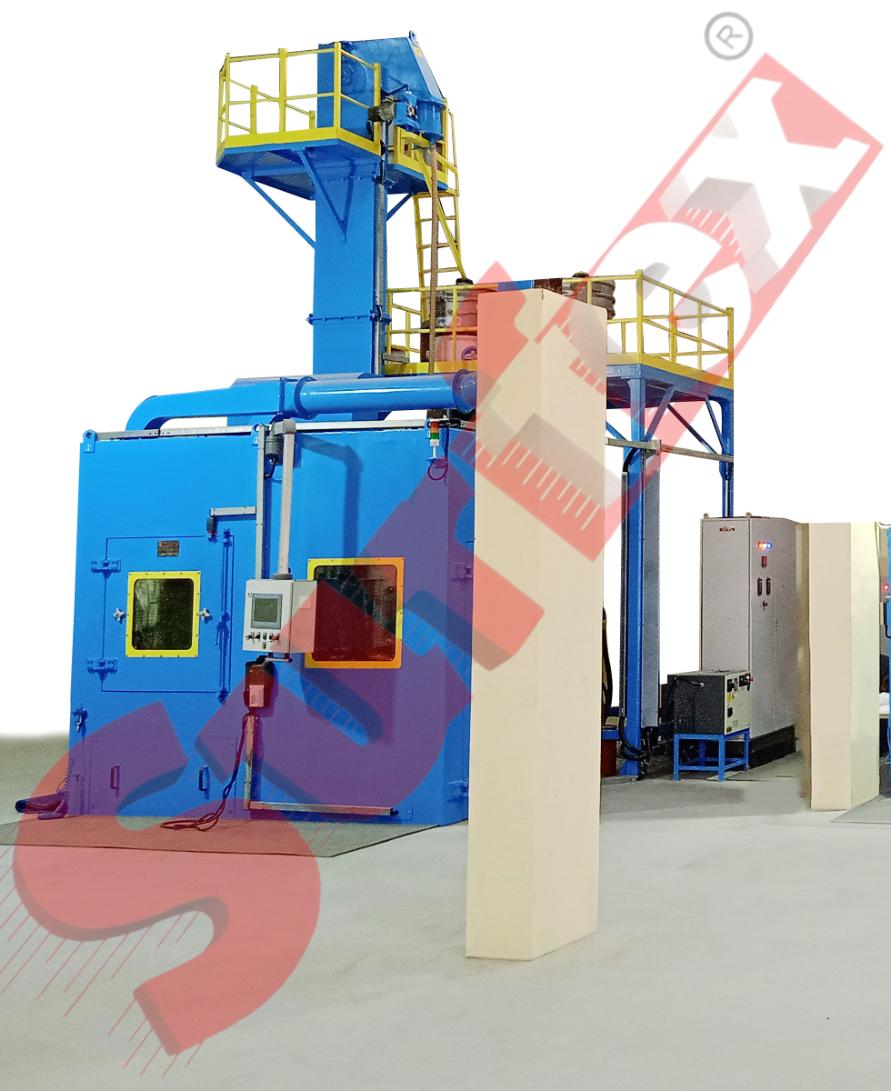Shirt printing machines have revolutionized the apparel industry, providing businesses with the ability to create custom t-shirts in various designs, styles, and colors. Whether you’re looking to start your own custom apparel business or simply want to print a few shirts for personal use, knowing how shirt printing machines work and the different types available is crucial. In this article, we’ll take an in-depth look at shirt printing machines, how they work, and the different options available for purchase.
What Is a Shirt Printing Machine?
A shirt printing machine is a device designed to transfer designs, images, or logos onto fabric, particularly t-shirts. These machines use various printing techniques such as screen printing, direct-to-garment (DTG) printing, heat transfer printing, and sublimation printing. Depending on the method used, these machines apply ink, vinyl, or transfers to fabric to create high-quality custom shirts.
Shirt printing machines are widely used by businesses that specialize in custom apparel, merchandise, promotional products, and small-scale printing operations. The machines range from entry-level units suitable for home use to high-end, industrial-grade machines that can handle large volumes of orders.
Types of Shirt Printing Machines
There are several types of shirt printing machines, each with its own set of features, advantages, and ideal uses. Let’s explore some of the most popular ones:
- Screen Printing Machines
- How it Works: Screen printing uses a stencil (or screen) to apply ink onto a fabric. The screen is coated with a photosensitive emulsion, and the design is burned into the screen. The screen is then placed on the shirt, and ink is pressed through it to create the design.
- Best For: Large batches of t-shirts with simple designs and limited colors.
- Advantages:
- High durability and long-lasting prints.
- Ideal for bulk orders due to fast printing speeds.
- Works well with various fabric types.
- Considerations:
- Requires setup time and preparation for each design.
- Best suited for designs with fewer colors, as each color requires a separate screen.
- Direct-to-Garment (DTG) Printing Machines
- How it Works: DTG printers use inkjet technology to print designs directly onto the fabric. The machine sprays the ink onto the fabric, where it bonds to the fibers.
- Best For: Small runs of custom designs, full-color prints, and detailed images.
- Advantages:
- No setup costs—ideal for small runs or one-off designs.
- Allows for high-detail, full-color designs without the need for separate screens.
- Suitable for printing on various fabric types, particularly cotton.
- Considerations:
- Slower than screen printing for large orders.
- The ink used can be costly and requires proper curing.
- Heat Transfer Machines
- How it Works: Heat transfer printing involves applying a pre-printed design (from transfer paper or vinyl) to the fabric using heat and pressure. The design is transferred to the shirt using a heat press.
- Best For: Custom designs with text or logos, smaller orders, and one-off prints.
- Advantages:
- Affordable and easy to set up.
- Works well for small batches and personalized designs.
- Can be used for a wide variety of fabrics.
- Considerations:
- Prints may not be as durable as screen printing or DTG.
- The heat press can only handle one shirt at a time, making it slower than other methods for bulk production.
- Sublimation Printing Machines
- How it Works: Sublimation printing uses heat to transfer dye directly into the fibers of polyester fabrics. The design is first printed onto a special transfer paper, which is then placed on the fabric. The heat press uses heat and pressure to transfer the dye into the fabric.
- Best For: Polyester fabrics, sportswear, and all-over prints.
- Advantages:
- The print is vibrant and won’t fade, peel, or crack.
- Ideal for full-color, all-over prints on polyester.
- The design becomes part of the fabric itself, ensuring long-lasting prints.
- Considerations:
- Only works on polyester fabrics or fabrics with a polyester coating.
- Requires specific inks and transfer paper, which can increase the cost.
- Vinyl Cutting Machines
- How it Works: A vinyl cutting machine uses a sharp blade to cut out designs from sheets of vinyl. These cut designs are then applied to the fabric using a heat press.
- Best For: Simple graphics, text, and logos for custom apparel.
- Advantages:
- Works well for small batches and designs with text or logos.
- The vinyl is durable and long-lasting.
- Quick and easy to set up.
- Considerations:
- Limited to designs that can be cut from vinyl.
- Not suitable for complex, multi-colored designs.
How to Choose the Right Shirt Printing Machine
Choosing the right shirt printing machine depends on several factors, including your budget, the type of designs you want to print, and the volume of shirts you plan to print. Here are some important considerations:
-
Budget: Printing machines can range from affordable home-use models to high-end industrial machines. Consider your budget and decide if you’re willing to invest in a more expensive machine for higher-quality or larger-volume production.
-
Printing Volume: If you’re printing large quantities of t-shirts, a screen printing machine or DTG printer may be more suitable. For smaller batches or custom designs, a heat press machine or vinyl cutter might be a better option.
-
Design Complexity: If you’re planning to print intricate designs with many colors, DTG printing or sublimation printing may be the best choice. For simpler designs, screen printing or heat transfer machines are often sufficient.
-
Fabric Type: Some machines work better with specific fabrics. For example, sublimation printing is ideal for polyester, while DTG is best for cotton.
-
Space and Ease of Use: Consider the amount of space you have and how easy the machine is to operate. Some machines require more setup time and space than others.
Where to Buy Shirt Printing Machines
Shirt printing machines can be purchased from a variety of sources:
- Online Marketplaces: Websites like Amazon, eBay, and Alibaba offer a wide range of printing machines, including both new and used options. You can find machines from various brands and compare prices easily.
- Specialized Printing Equipment Suppliers: Companies like Heat Press Nation, Coastal Business Supplies, and Joto provide expert advice and a wide selection of printing machines tailored to custom apparel.
- Direct from Manufacturers: Some manufacturers, such as Epson, Brother, and Cricut, sell their printing machines directly through their websites or authorized resellers.
- Local Distributors: If you prefer to see the machines in person before making a purchase, local distributors often offer printing machines, as well as support and maintenance services.
Conclusion
Shirt printing machines are essential tools for anyone looking to create custom t-shirts, whether for personal use, a business, or as part of a larger operation. The right machine depends on your specific needs, including the type of designs you want to create, the volume of shirts you plan to print, and your budget. Whether you choose a screen printing machine for bulk production, a DTG printer for high-quality custom prints, or a heat press for smaller runs, investing in the right shirt printing machine will help you create vibrant, durable designs that stand out.



